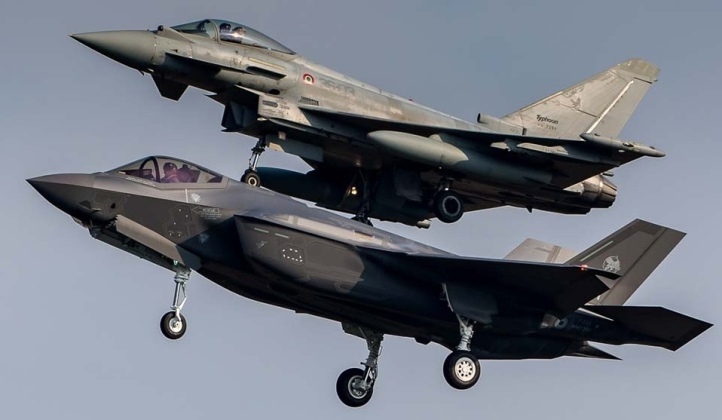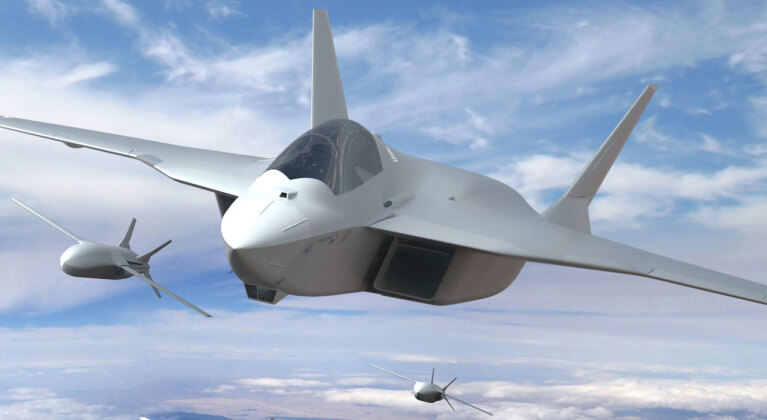News
Germany Expanding F-35 Orders as Eurofighter and FCAS Programs Fall Short
The German Defence Ministry is planning to expand procurements of F-35A fifth generation fighter aircraft by placing a $2.9 billion order for 15 further aircraft. The deal is reported intended to be presented to the country’s parliamentary budget committee for approval, with Reuters reporting that confidential documents prepared for lawmakers outlining a cost and rationale for the expanded procurements beyond the initial 35 fighters ordered in 2022. Reports that an expansion of F-35 orders was expected to proceed first emerged in July, although they were denied by multiple high level sources at the time. Germany’s political leadership had long opposed the possibility of procuring the F-35, due to the perceived risks of overreliance on the United States and a need to protect local industry.

Although concerns were previously raised that orders for the F-35 would necessarily come at the expense of the Eurofighter program, a rapid expansion of spending on arms acquisitions means parallel procurements both aircraft at scale is expected to be highly viable. The Defence Ministry has proceeded with continued orders for the locally built Eurofighter in parallel to F-35 procurements, despite the aircraft’s comparable cost to its American counterpart and very significant performance disadvantages. The F-35 is notably the only fighter of its generation in production in the Western world, which has allowed it to comfortably win every tender in which it has competed against the Eurofighter and other European aircraft. While Germany’s military buildup is heavily focused on challenging Russia, the U.S. Air Force’s own F-35s have frequently deployed to the country, including to launch sorties into Eastern Europe in which they have engaged in electronic intelligence ‘duels’ with Russian forces.

The decision to increase F-35 procurements is likely to have been influenced by the major shortcomings in the German and French led Future Combat Air System (FCAS) next generation fighter program, which has continued to face growing difficulties, raising questions regarding its viability. It was reported in September that officials at the German Defence Ministry were considering options to leave the program entirely, primarily due to continuing disagreements with France. Germany has not developed a fighter fully indigenously in over 80 years since the Second World War, while the vast discrepancy between European technologies and industrial capabilities and those of China and the United States has meant that even when European states were working closely together, they are not expected to be able to produce a fully peer level combat jets.
Due to major delays, the FCAS program is not expected to produce a fighter for over two decades, with Dassault CEO Eric Trappier having observed regarding as early as 2021 that “[The target of] 2040 is already missed, because we already stall, and the discussions of the next phase will surely also be long… so we rather aim for the 2050s.” These delays are expected to significantly increase the appeal of the F-35 to countries that had planned to procure the pan-European aircraft.












